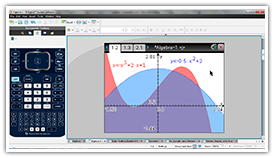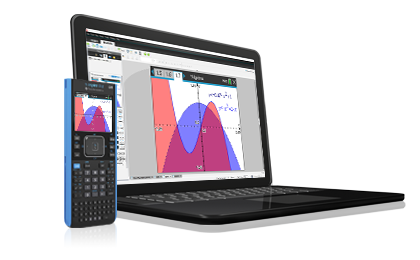

Two Factor variables are then created, one for club (with twelve 1’s followed by twelve 2’s), and another for brand (1 to 3 each repeating four times for each sample, and then completed by another identical sequence). Firstly we define the list variable in a fashion of the order by club (c1 = driver, c2 = five iron) then brand (b1-, b2-, b3-, with the last digit as the sample number), i.e. The below is the same TI example completed in R.

To accomplish the ANOVA, factor data types are used in conjunction with list variable. Working with ANOVA for data entry in this way is not as straightforward because dimension is required for the analysis on data stored in the list variable. For more casual data entry that command line input is suffice, raw data are usually stored into list variable using c() command. There are also other supported formats including SPSS and Excel. In R, data are usually imported from CSV file using read.csv() command. Using a sample from the classical TI-89 statistics guide book on determining the interaction between two factors using 2-way ANOVA, the same output is obtained from the TI nspire CX. The data can also be named by columns and recalled from the Calculator application. Statistical functions can then be applied. In TI nspire CX, the application Lists & Spreadsheet provided a convenient Excel list interface for data input. This entry was posted in RStudio and tagged apache, Linux, ubuntu on by gmgolem. Sudo a2enmod proxy & sudo a2enmod proxy_http & sudo a2enmod proxy_wstunnel & sudo service apache2 restart ProxyPass /rstudio/ ProxyPassReverse /rstudio/ ProxyRequests Off Assuming RStudio runs on default port 8787 and preferred path is /rstudio: Sudo apt-get install libapache2-mod-proxy-htmlĮdit configuration file nf to add the followings. Sudo gdebi rstudio-server-1.1.bĬonfigure Apache 2.4 to proxy RStudio, install required modules. To install R and RStudio Server on Ubuntu: With a few lines of R code to draw a box-plot for day of week analysis, this data set with a third part statistical package will fill the gap until the Fitbit App offers something more sophisticated.

Number of steps and distance traveled data per day is collected from the Fitbit’s phone app, converted into CSV format, and then uploaded to R for data analysis. With a month’s of Fitbit data, it’s about time to harvest for some insights from this technology packed wristband.įitbitdata$dowlabel <- factor(fitbitdata$dow,levels=1:7,labels=c("Mon","Tue","Wed","Thu","Fri","Sat","Sun"),ordered=TRUE)įitbitdata$scyl <- as.factor(as.integer(fitbitdata$distance)/max(fitbitdata$distance))īoxplot(fitbitdata$steps~fitbitdata$dowlabel, col=c2, medcol=c3, whiskcol=c1, staplecol=c3, boxcol=c3, outcol=c3, pch=23, cex=2, alpha=fitbitdata$scyl)


 0 kommentar(er)
0 kommentar(er)
